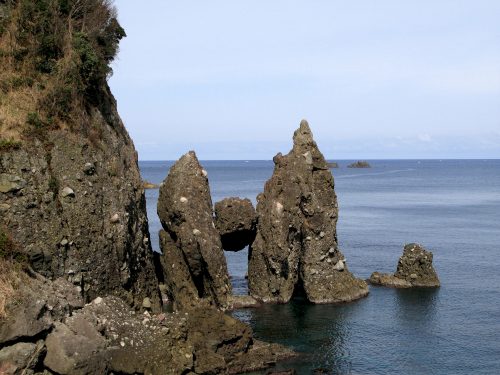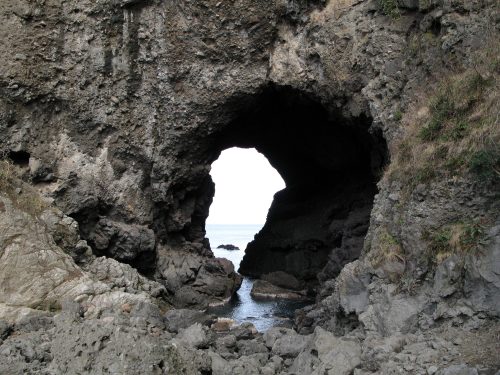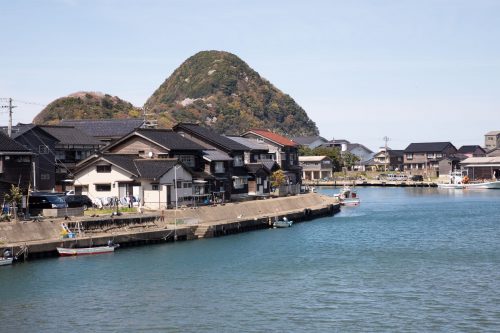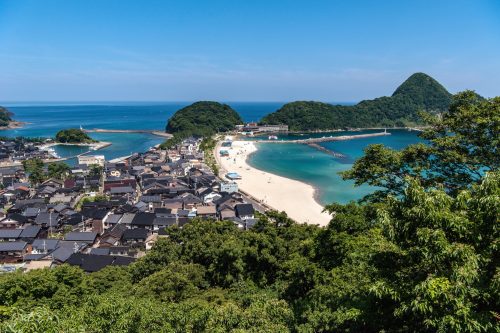【Press Release】An Exceptional Natural Phenomenon on Takeno Beach
Just a train stop away from Kinosaki Onsen, these waters hold many wonders
The town of Takeno, located just one stop on the JR line from Kinosaki Onsen, has blue waters and a peaceful village. Among one of 100 best beaches in Japan, this beautiful hidden gem along the northern coast of Hyogo prefecture is the perfect place for a Japan beach trip. While taking in this gorgeous coastline, visitors can witness a rare bioluminescent species of plankton that glows during select times of year.
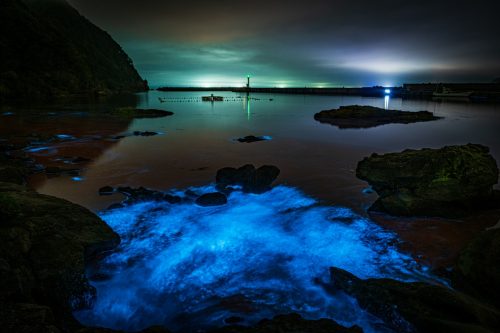
(Photo credit: Kota Shima) This species, known in Japanese as yakōchū (literally translating to “night light insect”), glows a bright blue in Takeno.
Scientifically referred to as Noctiluca scintillans, this plankton is a marine species of dinoflagellate that is about one millimeter in diameter and known for its bioluminescence. It can be found in both a green form and a red form, the latter being more widespread and found in various seas all over the world, including the Sea of Japan. This species produces luminous flashes in agitated water, like when boats are passing, near the coast at wave level, or after water agitation. Although these plankton appear as a “red tide” during the day, they glow blue at night, like an underwater aurora. This phenomenon can sometimes be seen on Takeno’s shore in May, on days when the seawater warms up and the wind blows from sea to land during the daytime and from land to sea at nighttime. Since the area is not affected by light pollution, on some nights this species can be seen in Takeno’s waters.
According to Kota Shima, the executive director of the Takeno Tourism Association, these bioluminescent plankton had not been seen in Takeno since 2018 until this past May.
In addition to the bioluminescent plankton, many interesting natural formations and views can be seen in Takeno Beach.
- Hasakari Rock is a short bike ride away from the beach.
- Visitors who try sea kayaking can visit the Monster Cave.
One such formation is Hasakari Rock. The name Hasakari comes from local dialect that roughly translates to “stuck” or “to be wedged between.” The three rocks used to be one large rock in the form of a cave that had been eroded by the waves. Further erosion caused the upper part of the cave to collapse and become stuck, creating the current natural “art” formation. Visitors can rent a bicycle from JR Takeno Station or the tourist information center by the beach and take a scenic ride along the coast to see this fascinating rock.
Another interesting spot is the Yodo Sea Cave, located just off the coast. Legend says that there once was an ogre who came to the coast and saw a part of it that he wanted to take back to his birthplace. So, he took his staff and smashed out a piece of the coastline. The Sea God was not happy when he saw what the ogre had done, and thus he dragged the ogre out into the sea as punishment. Nowadays, you can still see the fallen rocks near the cave where the ogre tried to steal a piece of the coast for himself.
- A view of the Nekozaki Peninsula from the village.
- A view of the entire town from Mt. Jajayama.
There are various activities that visitors can partake in to view these magnificent nature formations and some fantastic views. One such activity is geo sea kayaking, where a certified instructor will lead you out into the Sea of Japan and show different landmarks out on the blue waters. Visitors can also see a breathtaking view of the entire town from the top of Mt. Jajayama, which a mere 15-minute hike up. Additionally, those looking for a longer hike can explore the Nekozaki Peninsula. Travelers hiking through the peninsula’s nature trail will come across “giant’s kettles” (potholes eroded by waves), prehistoric footprints, and 87 stone Ojizō-sama (bodhisattva statues that protect children and travelers). Hike an hour through the peninsula and reach a lighthouse, marking the northernmost point in Hyogo Prefecture.
An Exceptional Natural Phenomenon on Takeno Beach (PDF Version)

